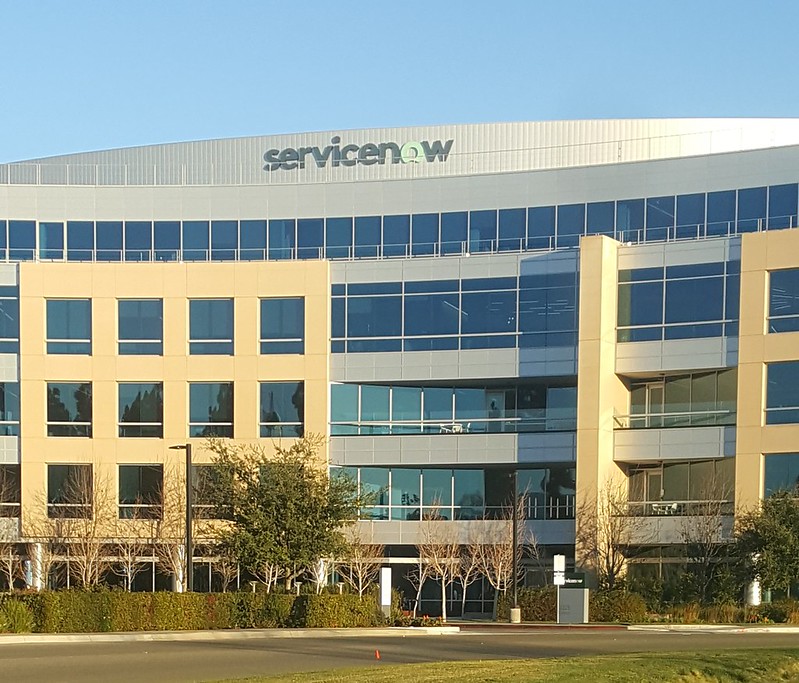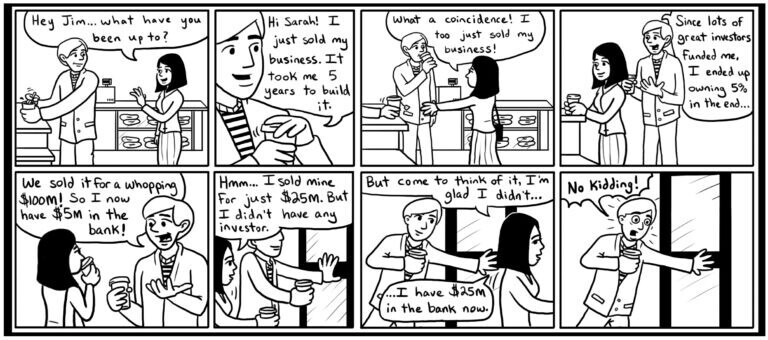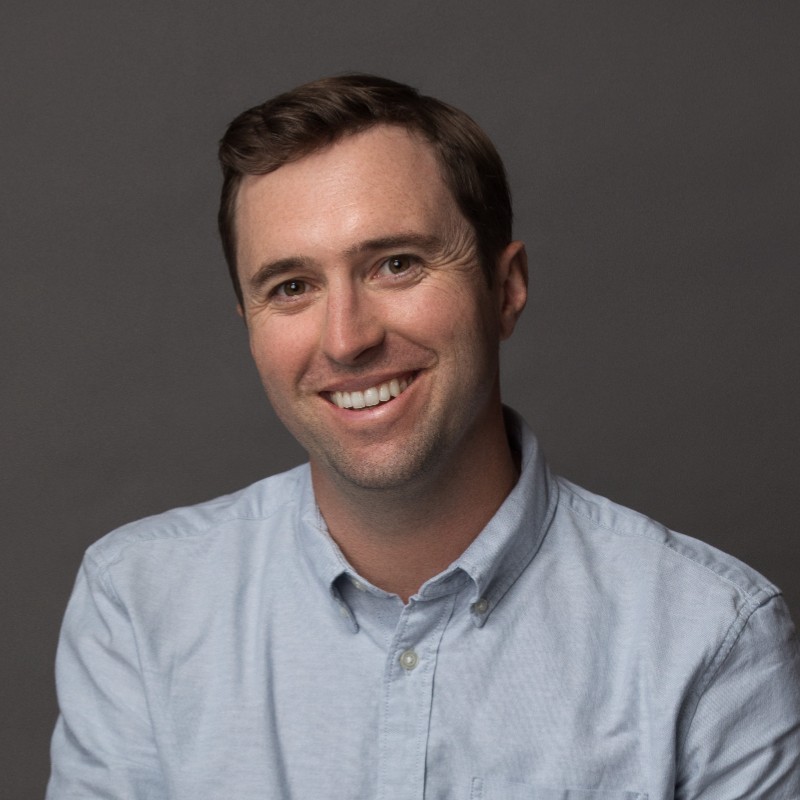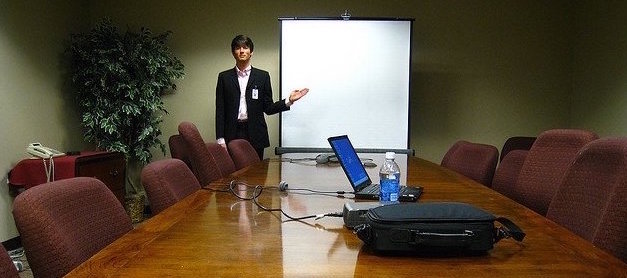August Udemy Coupons for Tech Startup Courses

Our proven 1Mby1M methodology for building technology startups has been packaged into short courses on Udemy as a part of our aim to democratize entrepreneurship education at scale globally.
We are offering you up to 85% off of the following Udemy courses this month, spotlighting our most informative and inspirational case studies of noteworthy technology startups.
These coupons will expire on August 31, 2023, so be sure to enroll today!
Bootstrapping:
Bootstrap First, Raise Money Later with Sramana Mitra: TRY1MBY1MAUG2023BTS
Bootstrapping a Startup with a Paycheck with Sramana Mitra: TRY1MBY1MAUG2023PAY
Featured Videos
Cloud Stocks: Analysis of ServiceNow’s G2K Acquisition

Earlier last week, ServiceNow (NYSE:NOW) reported its second quarter results that continued to surpass market expectations. Like everyone else, ServiceNow is also stepping up its efforts within the AI space and announced several new features along with an acquisition.
>>>Non-Technical Founders Building a Venture Scale SaaS Company: Sendoso CEO Braydan Young (Part 2)
Sramana Mitra: You built something good enough for an MVP.
Braydan Young: Yes. We ended up creating a whole entity out in Pakistan. Business model was a buck a send. It started to take off. We were pretty good at SEO and if you search “send a coffee”, we’d pop up first. We got a letter saying, “Why is our logo all over your website?” They didn’t want resellers. We made a couple of quick bucks, so we packed it in.
>>>Video FAQs
Can 1M/1M Help Me Raise Money?
How Does 1M/1M Democratize Entrepreneurship Education?
How Does 1M/1M Democratize Management Consulting?
When Is The Right Time To Join 1M/1M?
Can 1M/1M Help Me With Business Development?
Can 1M/1M Help Me With Market Sizing?
Can 1M/1M Help Me Validate My Product?
Will I Have Private 1-on-1 Sessions In 1M/1M?
How Does 1M/1M Help Entrepreneurs Connect With Silicon Valley?
Mentoring or Consulting?
Why Does 1M/1M Charge $1000 a Year?
Why Does 1M/1M Partner With Local Organizations?
Why Don\’t Mentoring Networks Work?
Why Is It Important To Study With 1M/1M Now?
Dan Stewart Story
Vikrant Mathur Story
Best of Bootstrapping: Bootstrapped to an Inflection Point

If you haven’t already, please study our Bootstrapping Course and Investor Introductions page.
Happy Grasshopper CEO Dan Stewart was a 1Mby1M entrepreneur when we spoke in 2017. Read how he navigated his way to an inflection point that brought him to the cusp of 4x growth.
Sramana Mitra: Let’s start at the very beginning of your journey. Where are you from? Where were you born, raised, and in what kind of background?
Dan Stewart: My family moved around quite a lot as I was growing up. I rarely stayed in a school for more than a year. That took me from West Virginia and Chicago, down to Florida.
Non-Technical Founders Building a Venture Scale SaaS Company: Sendoso CEO Braydan Young (Part 1)

Braydan and his cofounder are sales guys who have bootstrapped Sendoso to revenue and then raised over $150 million in VC money to scale an excellent SaaS company. Braydan discusses some of the mistakes and challenges, as well as their many successes.
Sramana Mitra: Let’s start at the very beginning of your journey. Where are you from? Where were you born and raised? What kind of background?
>>>Colors: October 6

I’m publishing this series on LinkedIn called Colors to explore a topic that I care deeply about: the Renaissance Mind. I am just as passionate about entrepreneurship, technology, and business, as I am about art and culture. In this series, I will typically publish a piece of art – one of my paintings – and I request you to spend a minute or two deeply meditating on it. I urge you to watch your feelings, thoughts, reactions to the piece, and write what comes to you, what thoughts it triggers, in the dialog area. Let us see what stimulation this interaction yields. For today – October 6
October 6 | Sramana Mitra, 2021 | Watercolor, Brush Pen | 9 x 12, On Paper
Colors: October 5

I’m publishing this series on LinkedIn called Colors to explore a topic that I care deeply about: the Renaissance Mind. I am just as passionate about entrepreneurship, technology, and business, as I am about art and culture. In this series, I will typically publish a piece of art – one of my paintings – and I request you to spend a minute or two deeply meditating on it. I urge you to watch your feelings, thoughts, reactions to the piece, and write what comes to you, what thoughts it triggers, in the dialog area. Let us see what stimulation this interaction yields. For today – October 5
October 5 | Sramana Mitra, 2021 | Watercolor, Brush Pen | 8 x 8, On Paper
August 3 – 614th 1Mby1M Roundtable Spotlighting Odish Startups

Entrepreneurs are invited to the 614th FREE online 1Mby1M Mentoring Roundtable on Thursday, August 3, 2023, at 8:30 p.m. India IST/ 8 a.m. PDT / 11 a.m. EDT / 5 p.m. CEST.
During this special roundtable, women entrepreneurs will have first priority to Pitch. If you are a serious entrepreneur, register to “pitch” and sell your business idea. You’ll receive straightforward feedback, advice on next steps, and answers to any of your questions. Others can register to “attend” to watch, learn, and interact through the online chat.
You can learn more here and REGISTER TO PITCH OR ATTEND HERE. Register and you will receive the recording by email, even if you are unable to attend. Please share with any entrepreneurs in your circle who may be interested. All are welcome!
